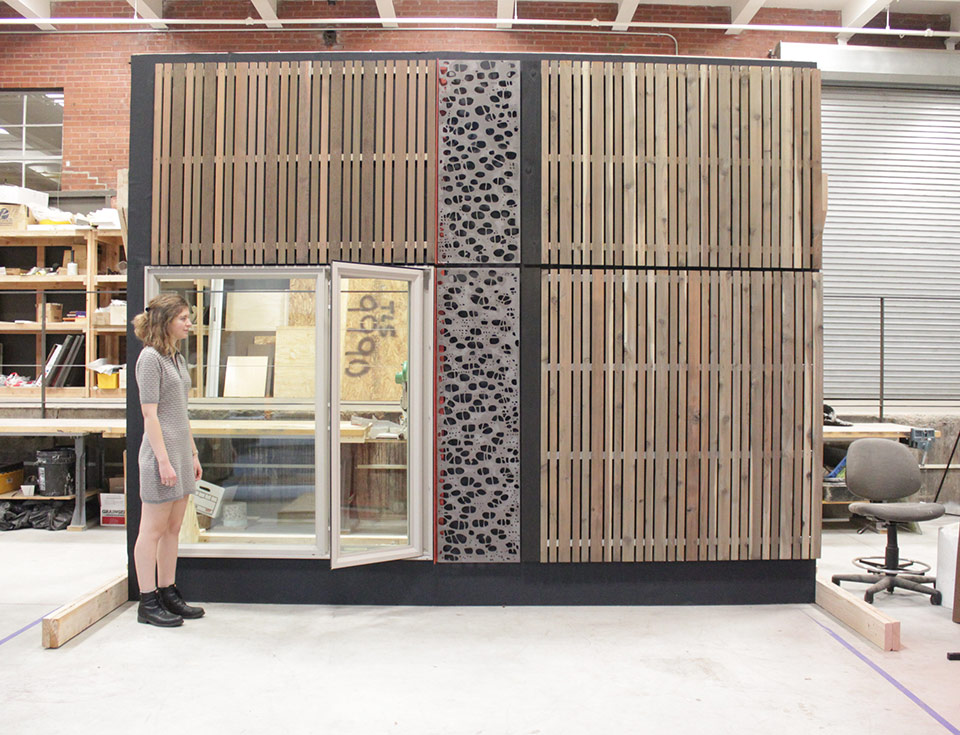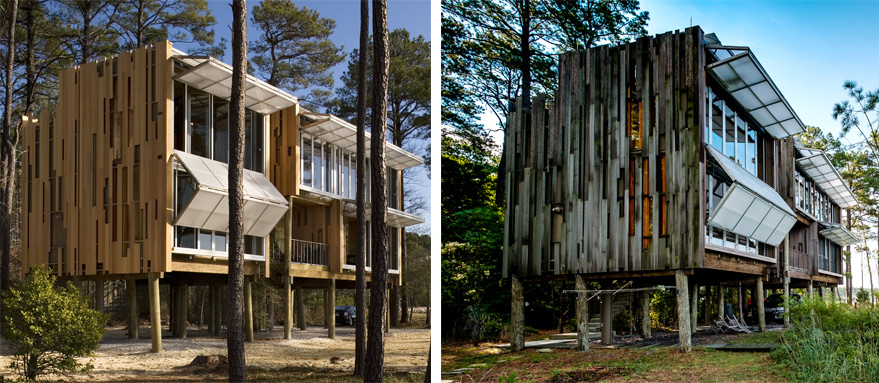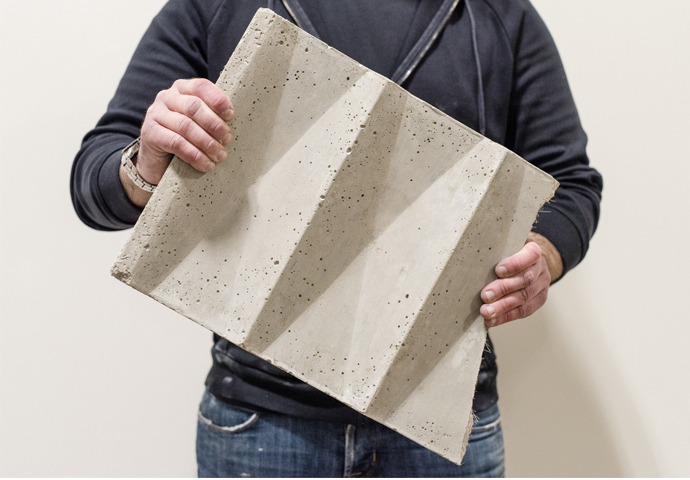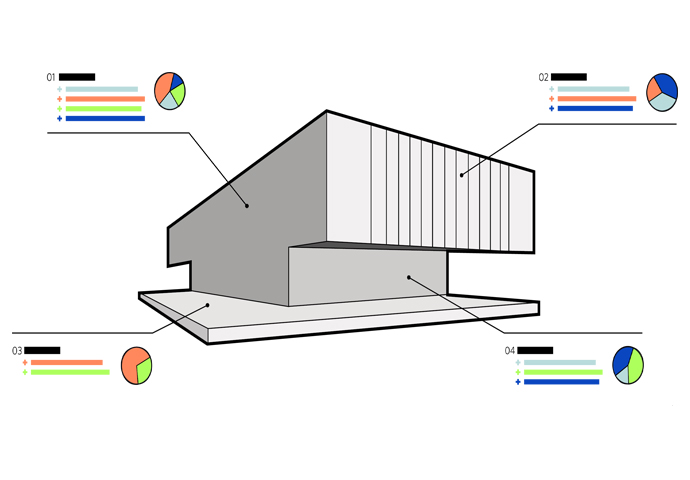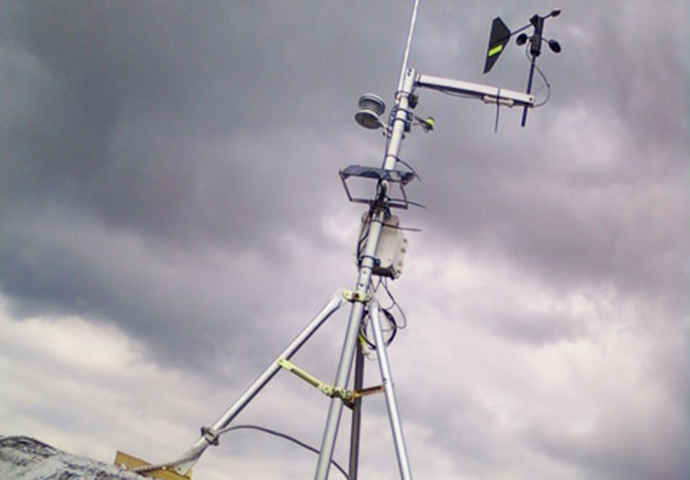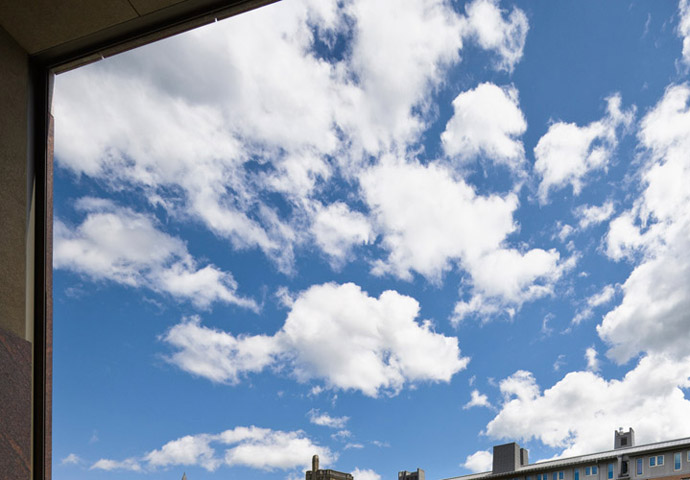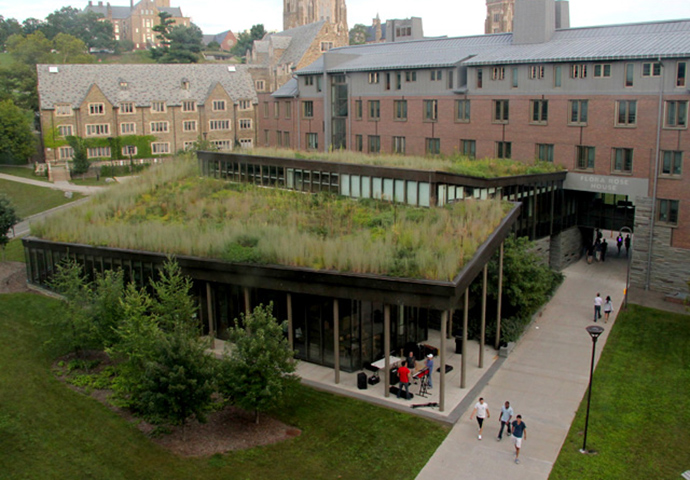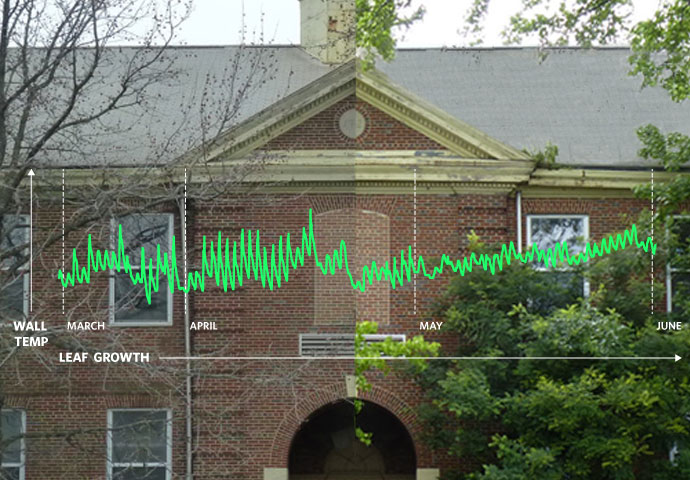Predictive Wood Weathering at the University of Washington
Full-scale prototypes highlighted the natural beauty of untreated cedar, but we wanted a clear picture of how the wood might weather over time. The Predictive Wood Weathering Tool was developed to give us an accurate picture of the facade's future aesthetic.
How will wood age over time? What might it look like in six months, a year, or even 80 years after construction? We confronted these questions while designing new residence halls for the University of Washington. During design, we developed a concept for a cedar rainscreen that complements the buildings' brick and concrete facades, pays homage to the Pacific Northwest, and remains beautiful in its unfinished state. But, before featuring this material on 215,000 square feet of building envelope, we wanted to be sure that untreated, lower-maintenance wood could weather artfully in Seattle's damp climate. “Wood ages very visibly,” researcher Efrie Escott noted. “It can turn silver and become even more beautiful over time, or it can blacken and warp.”
To better understand how the cedar rainscreen would change over time, KieranTimberlake developed a predictive modeling script that visualizes how wood ages in various locations. To do this, we gathered peer-reviewed research from laboratory weathering experiments and compiled the findings in a script that accounts for two principal factors influencing wood weathering: solar exposure and exposure to wind-driven rain. The first version of our Predictive Wood Weathering Tool included only those two variables because other factors, such as climate and airflow, were already accounted for. “There were some simplifications and assumptions that we were able to make because we knew the specific climate we were building in,” Escott said. “For example, we knew the rainscreen's exterior was likely to be saturated each day because we were building in a climate that reaches dew point every day.”
The first version of the tool used Seattle's climate data to predict how much wind-driven rain (left) and UV exposure (right) the buildings would have. These calculations then informed the tool's wood weathering predictions.
Findings from the Predictive Wood Weathering Tool ultimately supported our decision to incorporate pretreated cedar that ages gracefully and requires minimal maintenance over its lifetime. “The Wood Weathering Tool was originally a very quick and rough method that we pulled together for this project,” Escott said. “After seeing how useful it is, we now want to develop the script so that we can predict how any wood will age moving forward.” In pursuit of this goal, we have continued to build upon the script by adding additional climate and wood species data.
By comparing before and after photographs of completed wood-clad buildings like Loblolly House, we can determine the tool's accuracy and make adjustments for future versions.
©Peter Aaron/OTTO
For the next phase of development, we will visit three KieranTimberlake projects with wood facades ten years or older: Stewart Middle School, Sidwell Quaker Meeting House, and Loblolly House. To determine the accuracy of the tool's predictions, we will recreate onsite photographs taken when the buildings first opened and compare them to the Wood Weathering Tool's predictions. “We hope this study will allow us to tweak and refine the tool's methodology to make it more accurate,” Escott explained, “but we also want to know what factors influence wood weathering that we haven't accounted for yet in the tool. For example, how does construction detailing, or the distance between weather stripping at the top of your facade come into play? Or does it not at all?”



